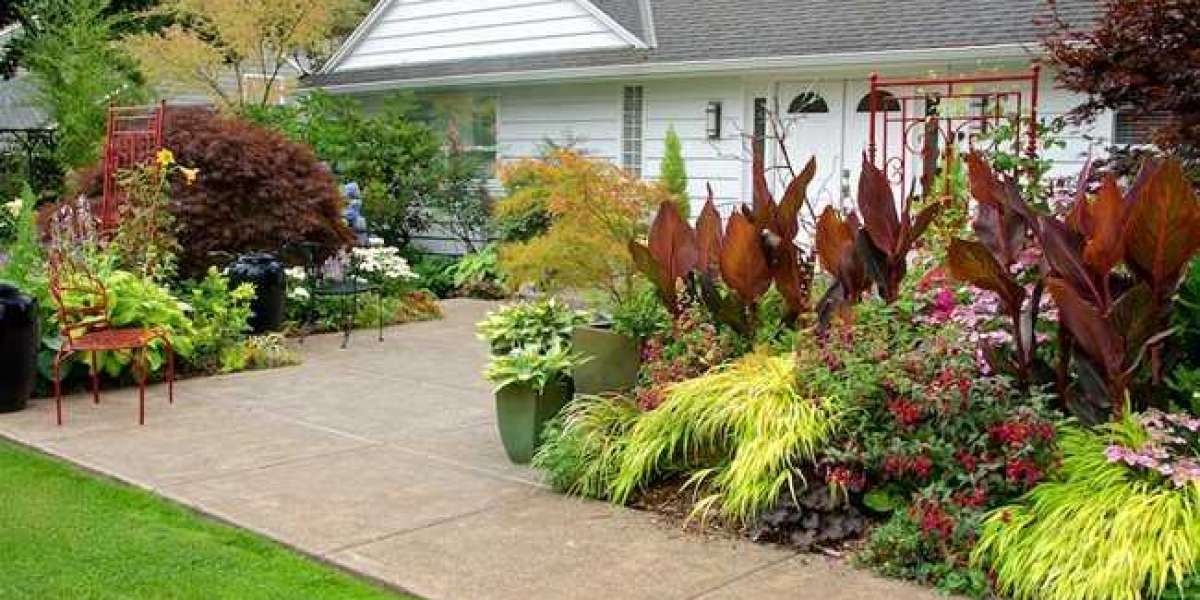Gold Coast Landscapes works closely with our clients during the design process to ensure that you are completely satisfied with the design concept.
Although most garden walls are built by professionals, you can build a beautiful wall in your own garden. In any case, you must carefully consider techniques, materials, and pricing.
Is your garden wall going to be made of stone, brick, or concrete?
Garden walls can be used to make raised beds or to help you landscape your garden. They can be made of a variety of materials, each of which has advantages and disadvantages.
Concrete blocks are easy to work with. They're also long-lasting, durable, and reasonably priced. They do not appear to be very appealing, however. The addition of a stone veneer or cladding can improve the appearance, but it requires more time and money.
Red brick is a classic wall construction material because of its wonderful, warm feel. It's also cheap, strong, and long-lasting. Building with traditional brick, on the other hand, requires more skill and will cost more than concrete.
Time and money should be calculated.
If you're building the wall yourself, you'll need to factor in the cost of tools like a trowel, spirit level, and thread. A spade, bucket, and work gloves may be required as well (the materials are very rough on your hands).
when estimating the cost of building a garden wall
The time it takes to build your wall is determined by factors such as preparation, building technique, and wall length. Consider delays caused by inclement weather, which may change ground conditions and drying timeframes.
Constructing a Brick Garden Wall
To build a brick garden wall, you must first choose a bricklaying technique. The stretcher bond technique is the most commonly used method of building a wall due to its strength. Each brick on your second course will end in the middle of the bricks on the first course. If your wall's purpose is purely aesthetic, the stacker bond method, in which each block is piled directly on top of the one below, may be easier to use.
Both of these procedures require the use of mortar to hold them together as well as the ability to keep them level horizontally and vertically. The first course of bricks is the most important to lay.
Excavation of a base, also known as a footing, is usually required for any wall. This should be levelled and anchored. You can start laying the first layer of mortar after the footing has cured. Before being gently tapped down onto the mortar bed, each brick must have a small amount of mortar applied to one end. Set a string guideline at the desired height of your route to keep it level and on track.








